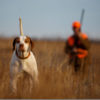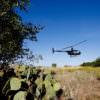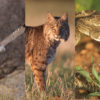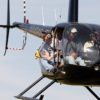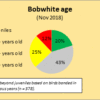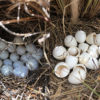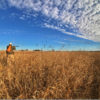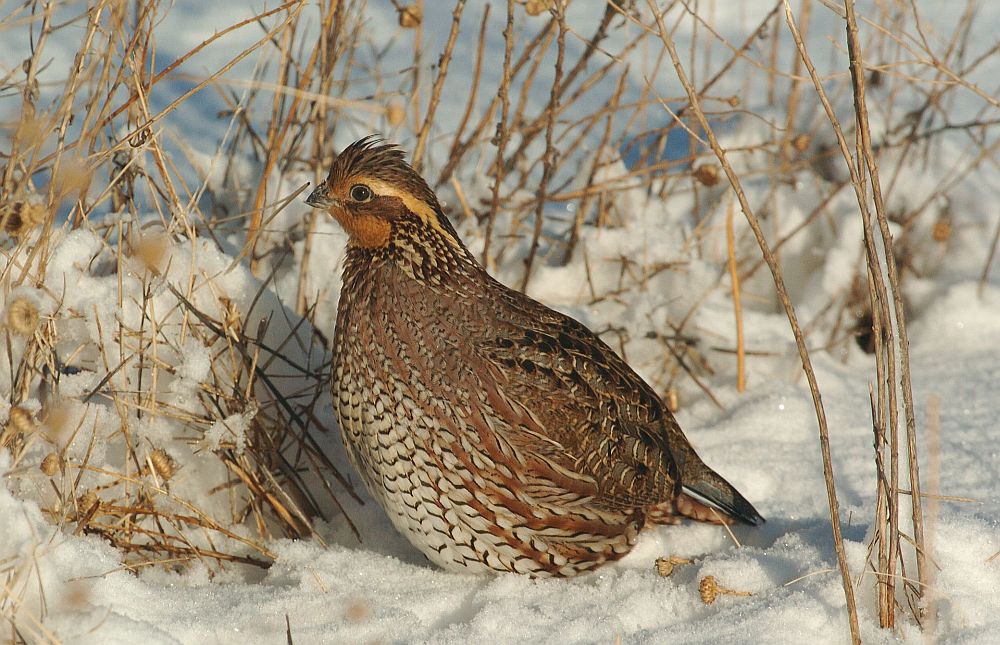
by Becky Ruzicka
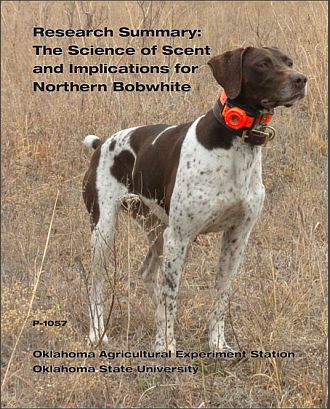 Predators use both visual and olfactory (i.e., sense of smell) senses to locate prey, although most predators tend to rely on one sense more heavily. Birds of prey rely on their visual acuity, while nocturnal mammalian predators (e.g., skunks, raccoons, etc.) tend to rely on their sense of smell. Humans almost exclusively rely on our excellent vision and can go most of our lives only vaguely aware of the mosaic of scents surrounding us. But, your bird dog isn’t unaware. A recent extension publication from Oklahoma State University provides insights if you have ever been curious about the world of scent your dog inhabits and how they process that never ending stream of information while hunting. Bird dogs primarily rely on scent plumes suspended in the air to find their prey. Factors such as humidity, wind speed, and surrounding vegetation can all impact the density and shape of a scent plume, and thus, your dog’s ability to detect a bird. The more dense and elongated a scent plume is, the more likely your dog will be to detect it. These interactions are complex. However, in general, landscapes with more shrub components act to break up scent plumes, while open grasslands tend to allow scent plumes to remain more dense and elongated. For more interesting facts about bobwhites, bird dogs, and scents check out The Science of Scent and Implications for Northern Bobwhite.
Predators use both visual and olfactory (i.e., sense of smell) senses to locate prey, although most predators tend to rely on one sense more heavily. Birds of prey rely on their visual acuity, while nocturnal mammalian predators (e.g., skunks, raccoons, etc.) tend to rely on their sense of smell. Humans almost exclusively rely on our excellent vision and can go most of our lives only vaguely aware of the mosaic of scents surrounding us. But, your bird dog isn’t unaware. A recent extension publication from Oklahoma State University provides insights if you have ever been curious about the world of scent your dog inhabits and how they process that never ending stream of information while hunting. Bird dogs primarily rely on scent plumes suspended in the air to find their prey. Factors such as humidity, wind speed, and surrounding vegetation can all impact the density and shape of a scent plume, and thus, your dog’s ability to detect a bird. The more dense and elongated a scent plume is, the more likely your dog will be to detect it. These interactions are complex. However, in general, landscapes with more shrub components act to break up scent plumes, while open grasslands tend to allow scent plumes to remain more dense and elongated. For more interesting facts about bobwhites, bird dogs, and scents check out The Science of Scent and Implications for Northern Bobwhite.


